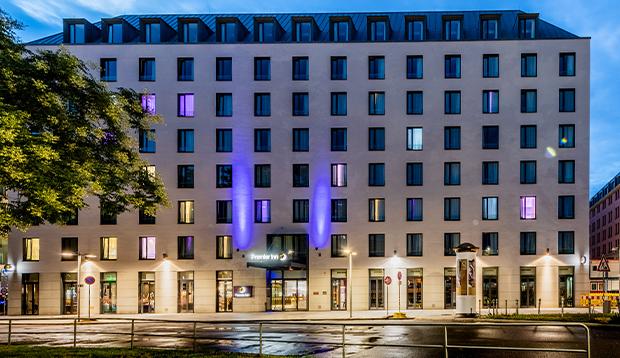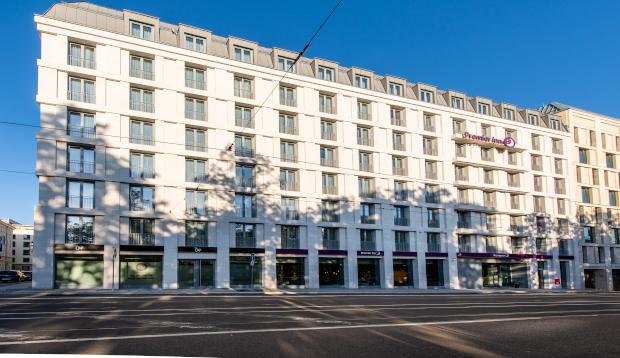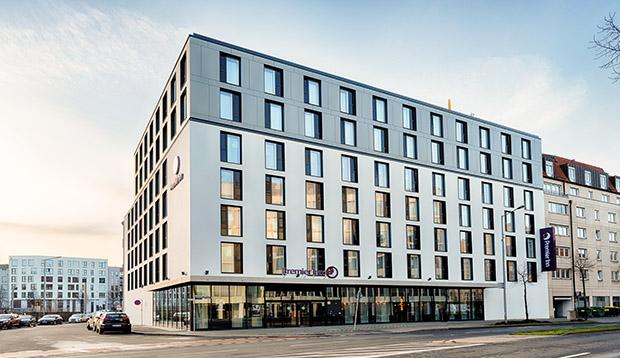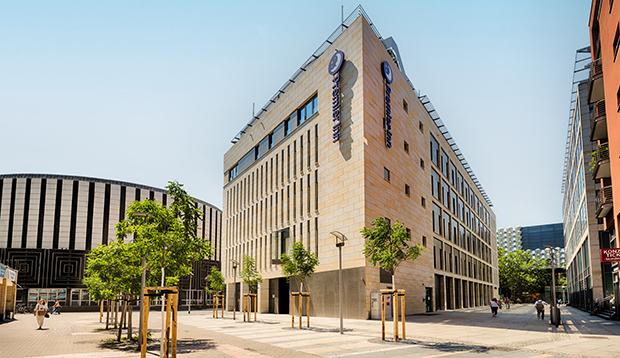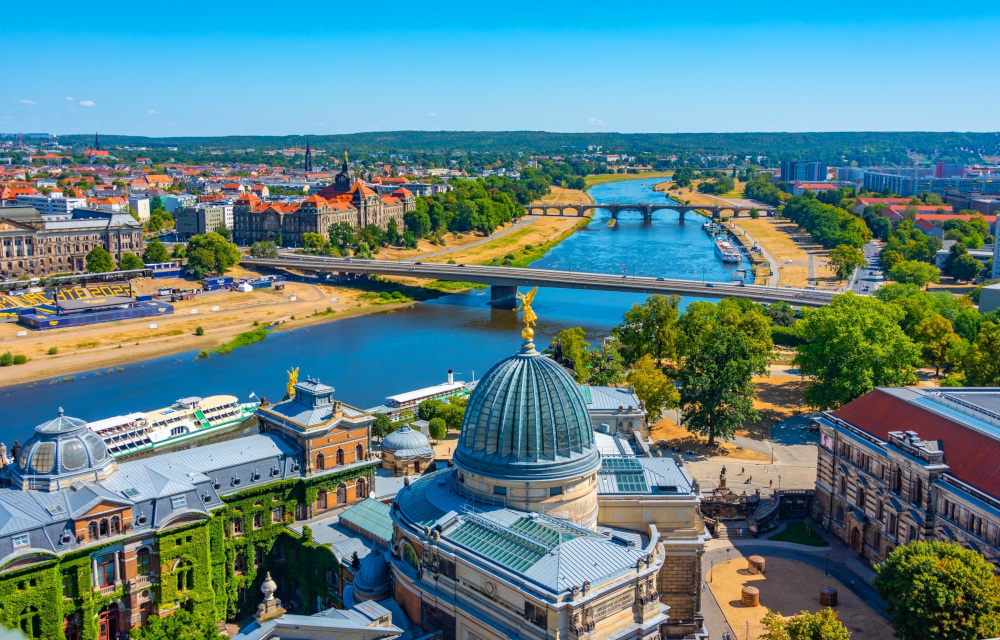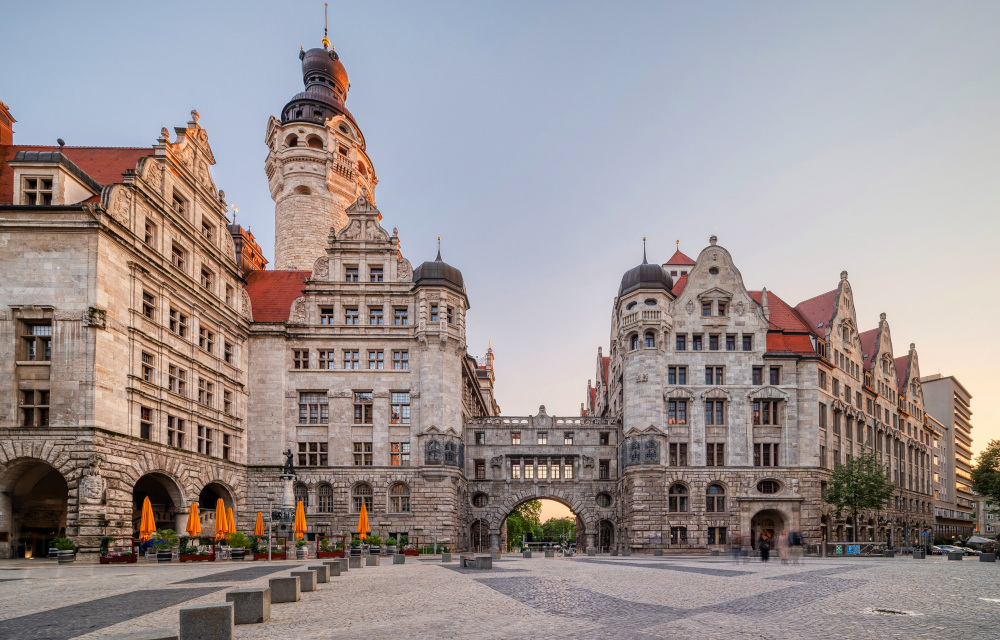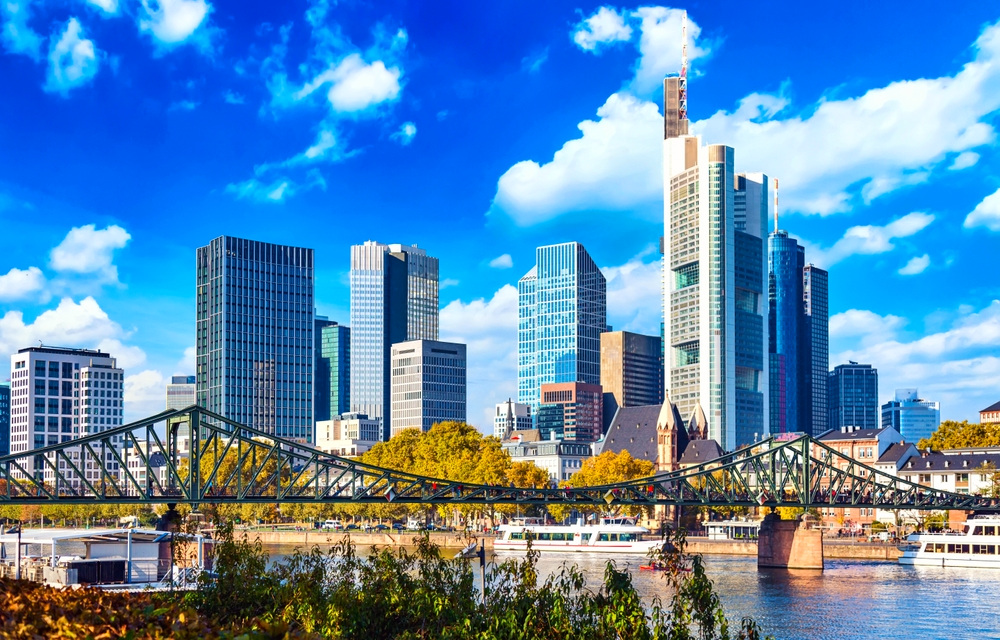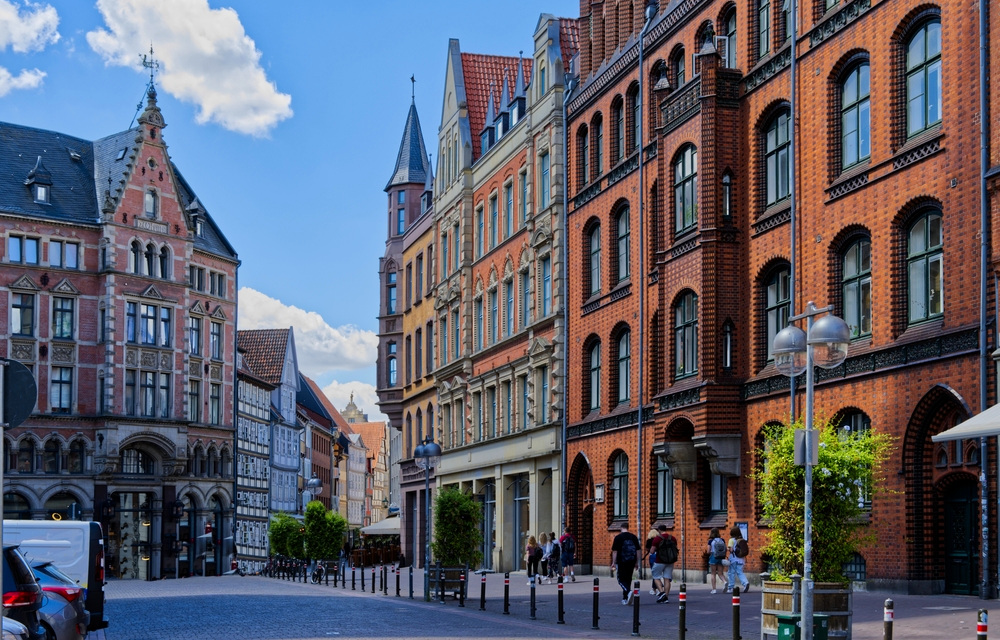Saxony hotels
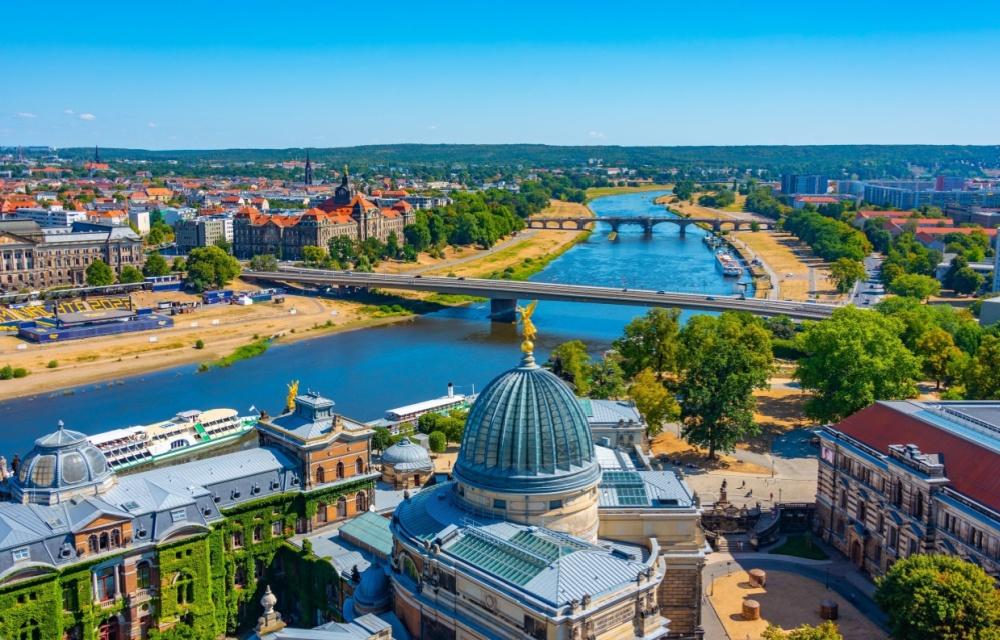
4 Hotels found
Why Premier Inn hotels?
At our hotels in Germany, you can look forward to a warm welcome, stylish rooms, a great night’s sleep in a cosy bed, and a tasty unlimited breakfast.
Stay flexible
Book direct to enjoy great value for money as well as flexible booking rates, just in case your plans change. Choose from over 60 hotels in Germany!
Quality rooms
Comfy Standard rooms, enhanced Premier Plus rooms, cosy Family rooms, and spacious Barrier-Free rooms – the choice is yours! Plus, free Wi-Fi will be waiting in all of them.
Better sleep
We are sleep experts! Our luxurious beds and bedding – plus handy black out blinds – will help you experience a great night’s sleep across all of our hotels.
Sustainability
Caring for our communities and planet is a top priority for us. Initiatives like only cleaning rooms upon request help support the environment as part of our Force for Good programme.
Great for families
Children under 16 stay and eat breakfast for free. Plus, our great value Family rooms offer plenty of space for everyone – even teddy bears!
A treat for food lovers
Tuck into an unlimited breakfast buffet in the morning and choose from a selection of tasty snacks, light bites, and drinks at the bar in the evening.

FAQs
If you love the beautiful landscapes, Baroque towns and rich culture of Saxony, then why not pay a visit to its neighbouring state of Bavaria? Situated to the south-west of Saxony, you can explore buzzing cities such as Munich and Nuremberg, or visit stunning Passau to find out why it’s known as ‘the Venice on the Danube’. But wherever your trip takes you, rest easy knowing that our hotels in Bavaria are ready and waiting, with super-comfy beds to relax on between adventures.
Saxony is Germany’s eastern-most state, bordering Poland and the Czech Republic. It’s also a neighbouring state to Bavaria, Thuringia, Saxony-Anhalt and Brandenburg.
Once situated east of the Iron Curtain, today Saxony is an ideal destination for history lovers, art buffs and outdoor enthusiasts. Its three major cities of Dresden, Leipzig and Chemnitz once formed one of the most important industrial centres in Germany. Today, the region is widely regarded as a cultural hot spot. In fact, the city of Leipzig is recognised as an important music hub, something which its famous previous resident, the Baroque composer Johann Sebastian Bach, would be extremely proud of.
Saxony is famous for its coffee and cake, and the region has a long tradition of Kaffeehauskultur, or ‘coffee house culture’. At Christmas, coffee is served with Dresdner Stollen, a sweet bread that dates back to the 14th century. For lunch and dinner, expect meaty, hearty meals served in generous portions. Try Sächsischer Sauerbraten (a type of pot roast served with potato dumplings), Sächsische Flecke, (a traditional tripe stew) or Leberwurst with Sauerkraut (Saxony sausages cooked in onions, bacon and thyme).
Love the great outdoors? Saxony’s rich landscape is criss-crossed by hiking and cycling routes. Take things easy in the lowlands, explore the gently rolling hills of the Vogtland or marvel at mountain ranges. Take your pick from the Ore Mountains, the Elbe Sandstone Mountains, the Elster Mountains or the Lusatian Mountains. The highest mountain in Saxony is the Ore Mountains’ Fichtelberg, and you can take a cable car to the top and visit the observation tower. Or head to the Saxon Switzerland National Park which contains protected areas of canyons and forests.
Saxony is a treasure trove for rail enthusiasts, with not one but five narrow-gauge railways still in daily operation. Founded around 130 years ago by the Royal Saxon State Railways, today an extensive network of lines still stretches from the Elbe region to the Ore Mountains, taking in some beautiful scenery along the way. The best thing about the railway is that services are still so regular that you can travel as you please without any complicated planning. Just hop on board and enjoy the ride!
With a thousand years of music, art and architecture under its belt, Saxony is brimming with culture. Music lovers should head to the Semperoper Opera House in Dresden or the Bach Museum in Leipzig, while fans of classic artwork won’t want to miss the unique Old Masters Picture Gallery in Dresden, or Leipzig’s fine art museum. Saxony is home to two UNESCO World Heritage Sites, too! There’s Muskauer Park on the Polish border and the Erzgebirge Mining Region in the Ore Mountains - both happen to cross national borders, making them symbolic of Saxony’s close bond with its neighbours.
You’ll find German to be the most widely spoken language throughout the state, often with a Saxon accent, and the local dialect remains a strong part of the region's identity. English is also widely spoken, particularly by those in the service industry. People in the Upper Lusatia region speak Sorbian, a sister language of Polish and Czech.
Great value hotels in top locations, super-comfy beds in every room and flexible booking rates for peace of mind – you can look forward to all this and more when you book with Premier Inn!
From booking to check-out, our Premier Inn hotels are ideal for business trips. Benefits for business travellers include exclusive, flexible rates through Premier Inn Business – our free online booking tool – plus free cancellations, stylish hotel rooms, free Wi-Fi, and of course, our famous unlimited Premier Inn breakfast
We serve our great value unlimited Premier Inn breakfast buffet with hot and cold options at most of our German hotels. In the evenings, you can also order from our bar and restaurant menu on-site!
At most Premier Inn hotels in Germany, breakfast is served Monday to Friday from 6:30am to 10:30am, and on weekends from 7am to 11am.
Most of our German Premier Inn hotels offer great value Accessible rooms. Some of our hotels have also received the nationwide “Reisen für alle” certification.
We’re proud to say that all of our German Premier Inn hotels are bike-friendly. Depending on the location, we offer different storage options. Please speak to our reception team upon arrival to find out which options are available for you on site. If your tires need cleaning after a ride, feel free to ask our team for cleaning supplies.
Unfortunately, pets are not allowed at our hotels, with the exception of assistance dogs.
If you have a question we didn’t answer here, feel free to reach out to us directly by phone or email. You’ll find our contact details on our contact page.
